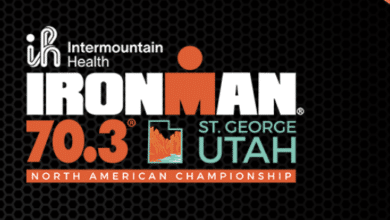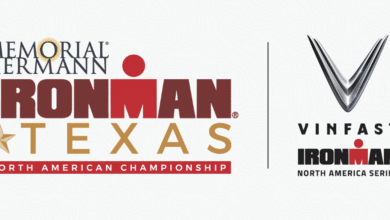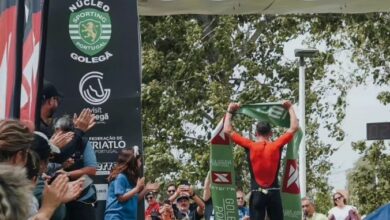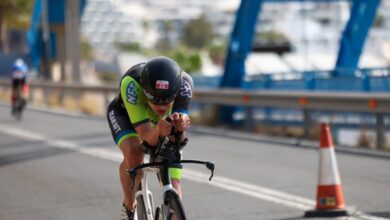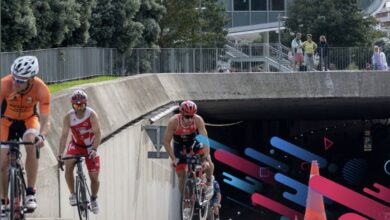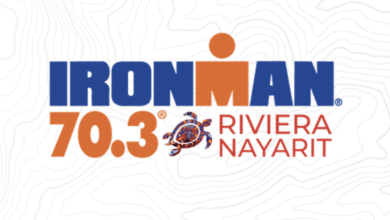Treatment of fibrillar tears
The patient defines the pain of this injury as "a stone" and has considerable functional impotence.
Our collaborator FisioPinar Clinic tells us in this article about this painful injury. The fibrillar break It consists of a muscle injury that entails a breakage of one or more fibers, usually caused by a stretching of the muscle beyond its capacity for elongation. The most typical is when there is a strong contraction of the muscle in a stretching situation. The patient defines the pain as "a stone" and has considerable functional impotence.
There are three degrees:
- Grade I: breakage of few muscle fibers
- Grade II: Muscle fascicles are broken (set of muscle fibers)
- Grade III: total breakage of the muscle in which both ends are separated. They are severe injuries that almost always have to go through surgical treatment.
TREATMENT :
When a muscle tear occurs, the first thing to do is stop activity and rest.
In the phase acute apply ice during the first 48 hours to reduce bleeding in the area, keep the limb elevated, draining massage to improve the edema of the area and compression bandage
Indiba Technique:
Hyperthermia that causes an increase in temperature in the area that promotes healing, greatly shortening the recovery time. Technique very indicated for this type of injury since it can be applied from the minute 1 of the break. Not painful
From the 72 hours apply heat to activate the circulation of the area to improve the repair process
Start with progressive stretches and very soft without load.
Scar massage from the 2 ° / 3 ° week
As soon as you can start the sport activity in download, such as swimming or cycling.
It is important to strengthen the injured muscle exercises to avoid recurrences and to begin with the exercises in a progressive way.
Other techniques used are
Platelet rich plasma: that allows healing to be faster.
Epi (intracutaneous percutaneous electrolysis)): invasive technique that consists of an application of a galvanic current through a needle that causes an inflammatory process that helps tissue repair.
Shock waves : it is a non-invasive technique produced by a sonic wave that causes an increase in vascular activity that causes tissue regeneration.
These last two treatments for poorly healed fibrillary tears.
Finally recommend that a good way to prevent fibrillary tears and other tendon injuries is eccentric muscle work.
Further information: http://clinicafisiopinar.com/
Photo: novadiet.es
There are no previous results.









